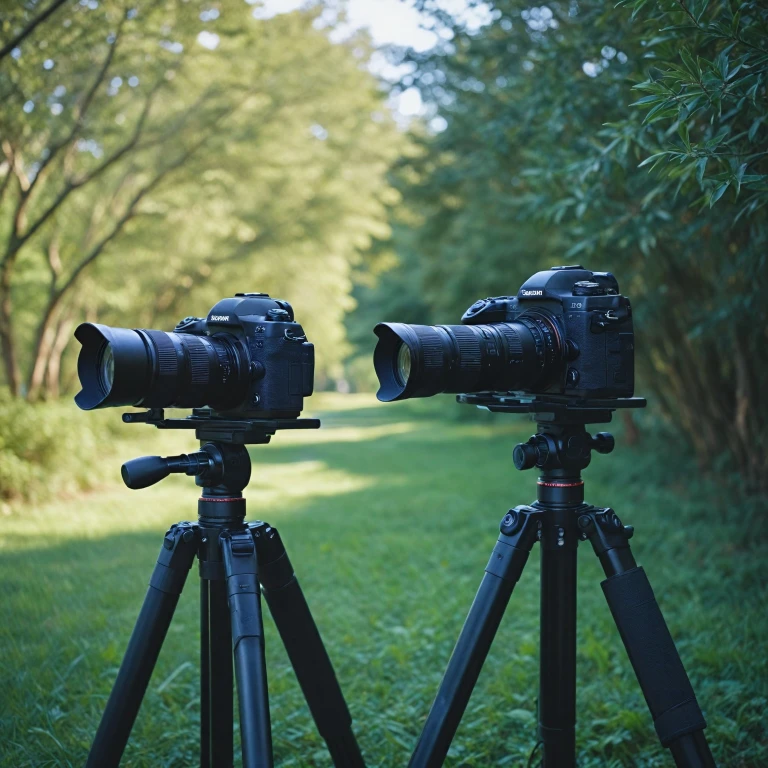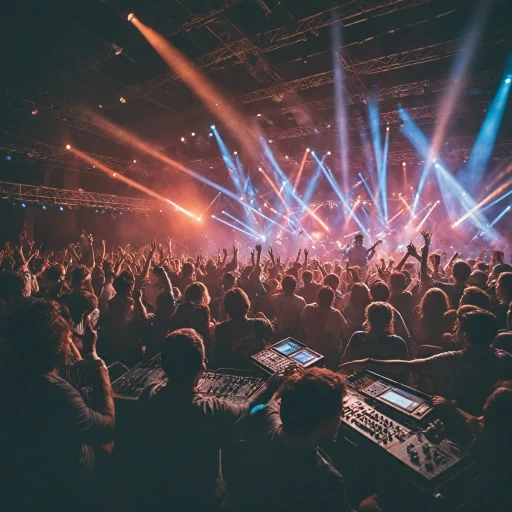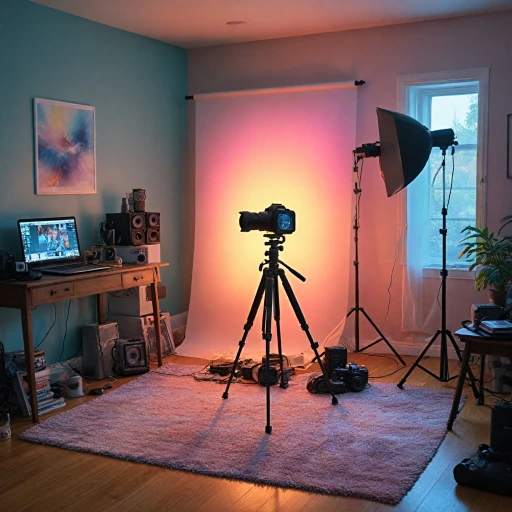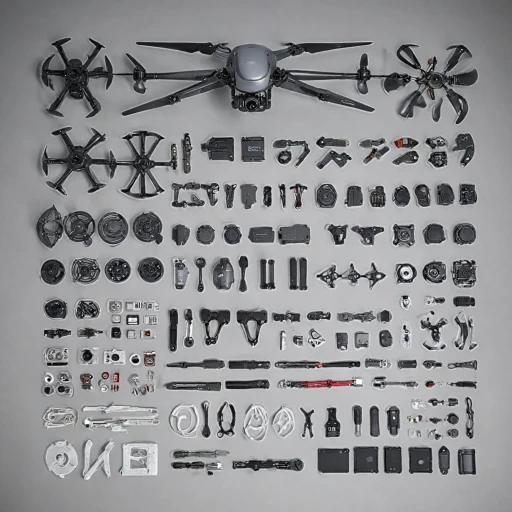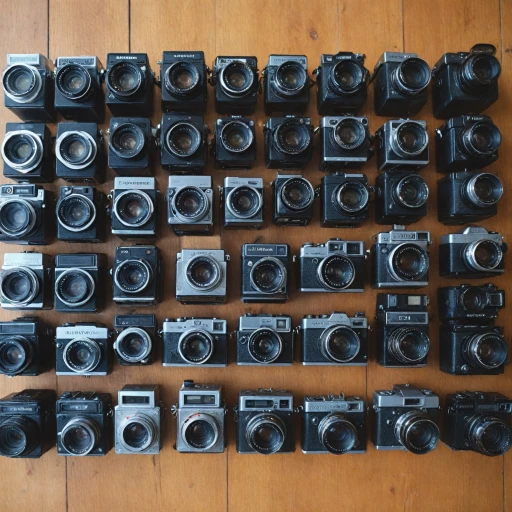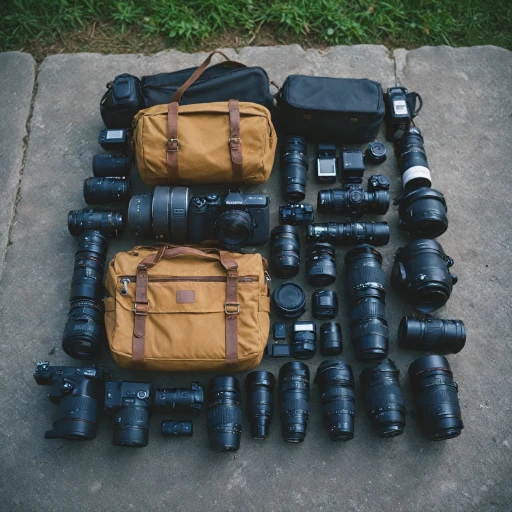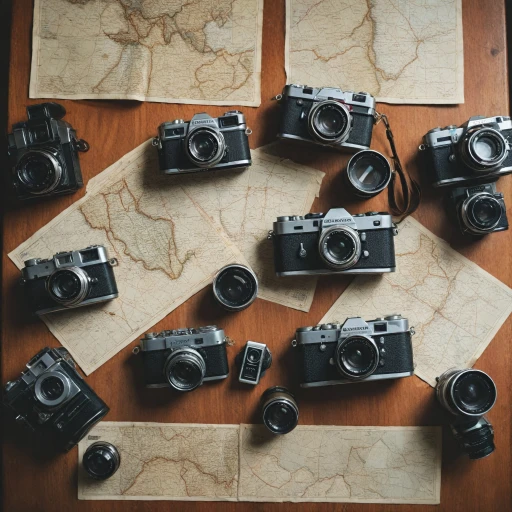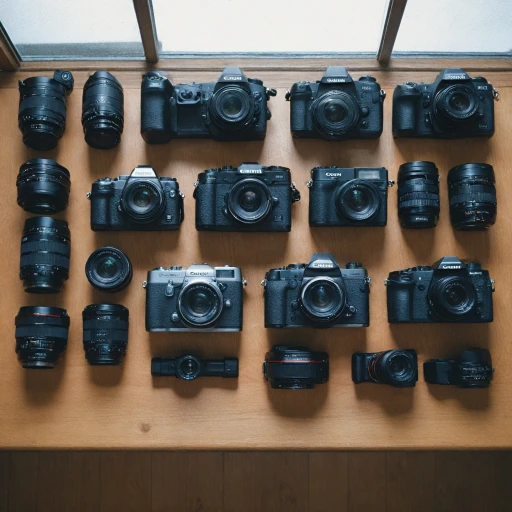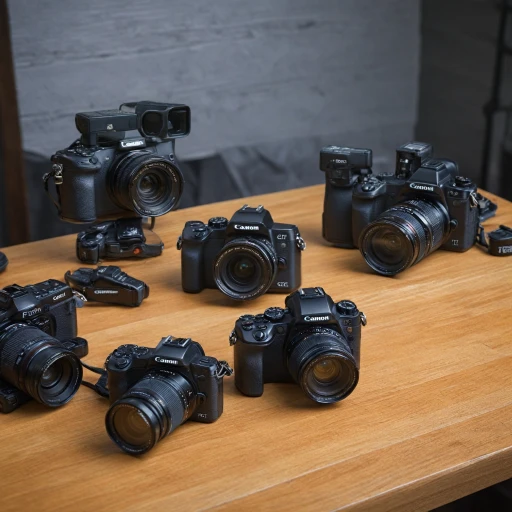
Understanding the Brand Philosophies
Embracing the Legacy of the Brands
When diving into the world of digital photography, understanding the distinct brand philosophies of Canon and Sony is key to making an informed purchase. Each brand not only has a rich heritage in the digital camera market but has also pioneered different philosophies and technologies that have shaped modern photography.
Canon's Legacy: Known for its commitment to quality and durability, Canon has long held a strong reputation in both mirrorless and DSLR segments. With a focus on producing cameras that deliver exceptional image quality, Canon's line-up often emphasizes full-frame sensors that are designed to capture vivid color and fine details. Their cameras, such as the Canon EOS series, have been popular among both professionals and hobbyists for their reliability and comprehensive lens ecosystems.
Sony's Evolution: In contrast, Sony's philosophy has been characterized by innovation, particularly in the mirrorless camera industry. Over time, Sony has developed a reputation for advanced technology, especially in terms of sensors and autofocus capabilities. Cameras like the Sony a7 III incorporate sophisticated autofocus systems and exceptional low-light performance, catering to photographers who prioritize cutting-edge features and dynamic range.
While both brands offer impressive cameras, Sony and Canon's differing approaches serve varied shooting styles, preferences, and priorities. Your choice may also depend on understanding the differences between mirrorless and DSLR cameras, as each has unique advantages that are worth considering in light of your photography needs.
Image Quality and Sensor Technology
Evaluating Image Quality and Sensor Technology
When considering getting a new camera, image quality is often at the forefront of decision-making. Both Canon and Sony offer impressive capabilities in this regard, yet they implement different technologies to achieve their results.Resolution and Sensor Size
Canon and Sony have dedicated their resources to developing both APS-C and full frame sensors to cater to diverse photography needs. While Canon's EOS line, including options like the Canon Mark series, is renowned for its color science that produces vibrant and true-to-life colors, Sony cameras have gained a reputation for their dynamic range, making them a preferred choice for landscape and street photography.Low Light and Digital Noise
Shooting conditions often present low light challenges that can affect image quality. Sony's full frame mirrorless cameras, like the widely praised A7 III, excel in minimizing digital noise, offering a cleaner image even at higher ISO settings. Meanwhile, Canon holds its ground with specialized lenses and camera bodies optimized for superior performance in low light environments. Canon's Dual Pixel autofocus also aids in maintaining sharper focus in challenging lighting conditions.Innovation in Sensor Technology
Both brands are constantly innovating in sensor technology to enhance image quality. Sony's back-illuminated sensors are known for capturing more light and producing superior results in varied lighting conditions. In contrast, Canon continues to refine its Dual Pixel CMOS sensors to maintain a balance between sharpness and color accuracy. Choosing between these two camera giants may depend on personal preference, particularly if you're deciding between a mirrorless system or a more traditional DSLR, depending on your shooting style and focus requirements.Autofocus and Performance
Pinpoint Precision and Tracking Capability in Autofocus Systems
Autofocus is a critical aspect of any camera, impacting how quickly and accurately you can capture the perfect shot. When choosing between Canon and Sony, both brands offer impressive autofocus technology, yet they cater to different kinds of photographers.- Canon EOS Systems: Canon’s autofocus systems are often praised for their reliability and accuracy, especially in scenarios demanding precise control, such as portrait photography. Canon cameras integrate dual pixel autofocus, which fills the frame with precise focusing points, making them a better choice for shooting in tricky lighting conditions, notably low light.
- Sony Cameras: On the other hand, Sony employs a more revolutionary approach in their mirrorless cameras, such as the Sony A7 III. Known for their rapid continuous autofocus and superior tracking technologies, Sony cameras excel in capturing fast-moving subjects, which can be a key advantage in street photography and video.
Lens Ecosystem and Compatibility
Assessing Compatibility and Versatility
When you're investing in a camera system, the lens ecosystem and compatibility across different kinds of lenses are crucial factors to consider. Both Canon and Sony offer a broad range of lens options, but their ecosystems have unique characteristics that may influence your decision. Canon, with its long-standing presence in the photography industry, provides an extensive selection of lenses that cater to varying needs, from wide-angle to telephoto and everything in between. The Canon EF and RF lens mounts support a variety of lenses, although the newer RF mount on their mirrorless cameras like the Canon EOS R series has been designed to enhance performance. This means that if you already own Canon lenses, migrating to a mirrorless camera might require considering an adapter to maintain compatibility with older lenses. On the other hand, Sony, especially with its Alpha series, has established a strong footing in the mirrorless market. Sony cameras like the Sony III series have access to a growing collection of lenses, including those from reputable third-party manufacturers. The E-mount system used by Sony allows great flexibility for photographers who want cutting-edge mirrorless technology paired with a diverse lens selection. When deciding which camera brand might be better for you, think about whether you prioritize access to a vast, time-tested lens library or the potential for innovative lens options offered by third-party manufacturers. While both brands have pretty good options for full frame systems and mirrorless cameras, your preferred shooting style and focus, such as low light photography, street photography, or video shooting, will fill the kind of ecosystem you find most appealing. If you're someone who frequently adopts the latest technology and desires optimized performance in areas such as video stabilization or reduced digital noise during long shooting sessions, Sony's advancements in mirrorless technology and third-party support might sway your decision. Conversely, those who have built a strong collection of Canon lenses over time may find more value in maintaining that ecosystem.Video Capabilities and Features
Shooting with Advanced Video Features
When it comes to video capabilities, both Canon and Sony offer robust options, particularly for those who require high-quality video for their photography or videography endeavors. Starting with Sony, their mirrorless cameras, such as the Sony III series, are renowned in the industry for excellent video shooting features. These cameras typically offer exceptional autofocusing abilities, crucial when recording fast-moving subjects or switching focus with precision. Specifically, Sony's well-regarded eye autofocus is a game-changer for capturing clear and steady footage. Additionally, many Sony cameras boast impressive low-light performance, allowing videographers to maintain image quality without compromising dynamic range, even in minimal lighting conditions. Canon, meanwhile, has made significant strides in catering to videographers. The Canon EOS series, especially the full-frame models, are noted for producing vibrant color profiles that are often said to have a unique "Canon look," appreciated in both photography and cinematography. Canon's dual pixel autofocus system also provides a reliable focus that seamlessly transitions between subjects, enhancing the creative potential for motion content. Their cameras often include comprehensive manual controls and various frame rate options, customizable to suit specific shooting preferences. Beyond in-brand offerings, both Canon and Sony have extensive compatibility with third-party lenses, presenting flexible options to fine-tune artistic visions. Park these video capabilities alongside considerations of image quality, autofocus performance, and lens ecosystem, and it's clear these brands continue to innovate compelling tools for creators at all levels. These innovations make them both attractive in today's digital camera marketplace, competing well against brands like Nikon in specific niches like street photography. As always, determining which of these camera systems is better suited will depend significantly on an individual’s filming and photography needs, budget, and comfort with particular features like color grading and handling digital noise. Such decisions are essential for anyone seriously invested in capturing moments with precision and creativity. Consider how these video features complement other areas like sensor technology and lens compatibility to fill your photography toolkit effectively.Price Range and Value for Money
Factors in Evaluating Cost and Value
When comparing Canon and Sony cameras, price range and value for money are crucial considerations. Understanding the cost implications can significantly affect your decision, especially when looking for the best possible balance between investment and features offered. Canon and Sony cameras often compete head-to-head in varied price brackets, catering to entry-level enthusiasts, seasoned professionals, and everyone in between. Here's a quick breakdown of the aspects to consider in this regard:- Initial Investment: Mirrorless cameras from both brands, such as Canon EOS series and Sony's Alpha series, range from hundreds to several thousands of dollars. Entry-level models usually come with compromises in features but can still offer pretty good image quality and performance. Full frame options may have higher initial prices but bring advanced technology to the table, enhancing photography or video capabilities.
- Body and Lens Packages: Canon and Sony both offer kits including basic lenses with camera bodies, aimed at those stepping into photography. These kits can offer value to beginners, although seasoned photographers might prefer investing in higher-end lenses that maximize the potential of each camera's sensor technology and autofocus performance.
- Upgrade Paths and Compatibility: Sony cameras are often praised for their wide range of third party lenses that help in reducing overall expenses. However, some photographers note that Canon lenses have remarkable color reproduction and dynamic range, appealing to those focused on still photography or low light shooting, justifying a higher cost for particular models or lens systems.
- Resale Value: Both brands retain decent resale value, with Canon and Nikon having historically strong performance in this aspect. However, with the growing popularity of Sony mirrorless cameras, resale values have seen some competitive stability, reflecting the sustained demand and reputation in the market.
- Cost of Accessories: Consider the expense of additional gear like batteries, memory cards, and potential software for post-production. These costs tend to stack up over time, and some feel Sony's accessories, especially for models like the Sony iii, can be on the pricey side compared to Nikon or Canon.
